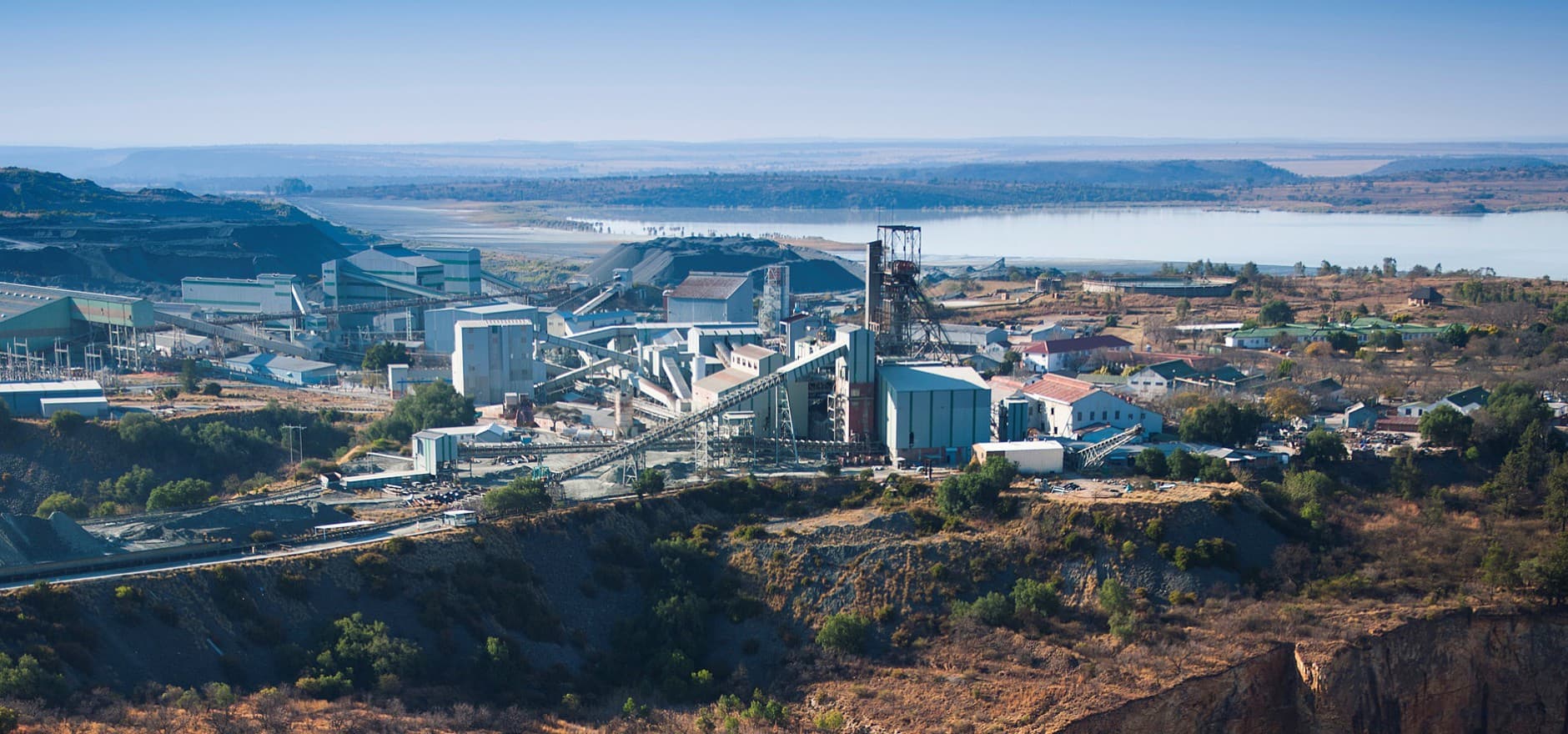It turns out that diamonds are more precious than we gave them credit for. Inside a small sliver of diamond, researchers found calcium silicate perovskite (CaSiO3) — a mysterious deep-Earth mineral that no one had previously seen in nature. While this mineral is the fourth most abundant material on Earth, it becomes unstable when it rises above the high-pressure environments found 650 kilometers (400 miles) or more below the surface.
But here's the thing — the diamond was found less than 1 km (0.62 miles) below the surface in South Africa's Cullinan diamond mine, making this not only the first siting of CaSiO3, but also a unique example of how such a mineral could survive a trip to our low-pressure environment.
"Nobody has ever managed to keep this mineral stable at Earth's surface," lead researcher Graham Pearson, a geochemist at the University of Alberta, said in a press release. "The only possible way of preserving this mineral at Earth's surface is when it's trapped in an unyielding container like a diamond."
The diamond itself is unique as well. While diamonds typically form between 150 and 200 km (93 and 124 miles) below Earth's surface, researchers estimated that this crystal likely originates from about 700 km (430 miles) below, where CaSiO3 is formed. The pressure was greater at this lower level, allowing the deep-Earth mineral to be trapped and held stably.
Now that scientists not only have proof of this mineral's existence but a natural physical sample, they can further study it. "The specific composition of the perovskite inclusion in this particular diamond very clearly indicates the recycling of oceanic crust into Earth's lower mantle. It provides fundamental proof of what happens to the fate of oceanic plates as they descend into the depths of the Earth," Pearson said in the press release.
This initial study, which is published Wednesday, March 7, in the journal Nature, included spectroscopic analysis to confirm that the substance in the diamond was actually CaSiO3. Researchers at the University of British Columbia will continue this work and expand our knowledge of the mineral's age and how it originated.
By better understanding both this mineral and the unique diamond it stowed away in, scientists can better understand the inner workings of our planet and how they may impact both our present and our future.
Share This Article
